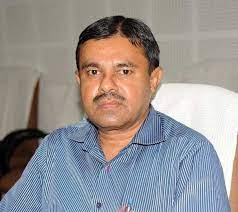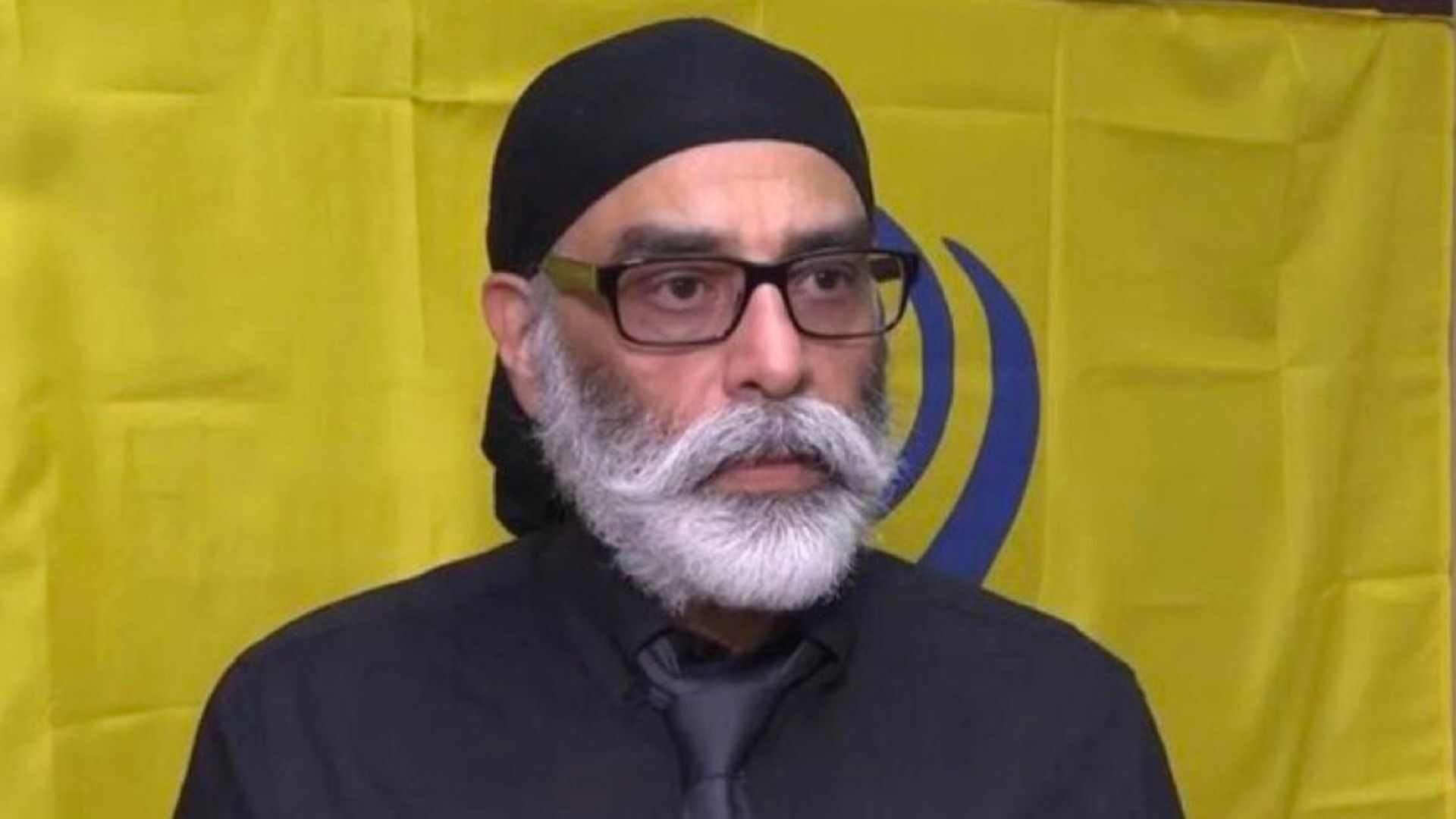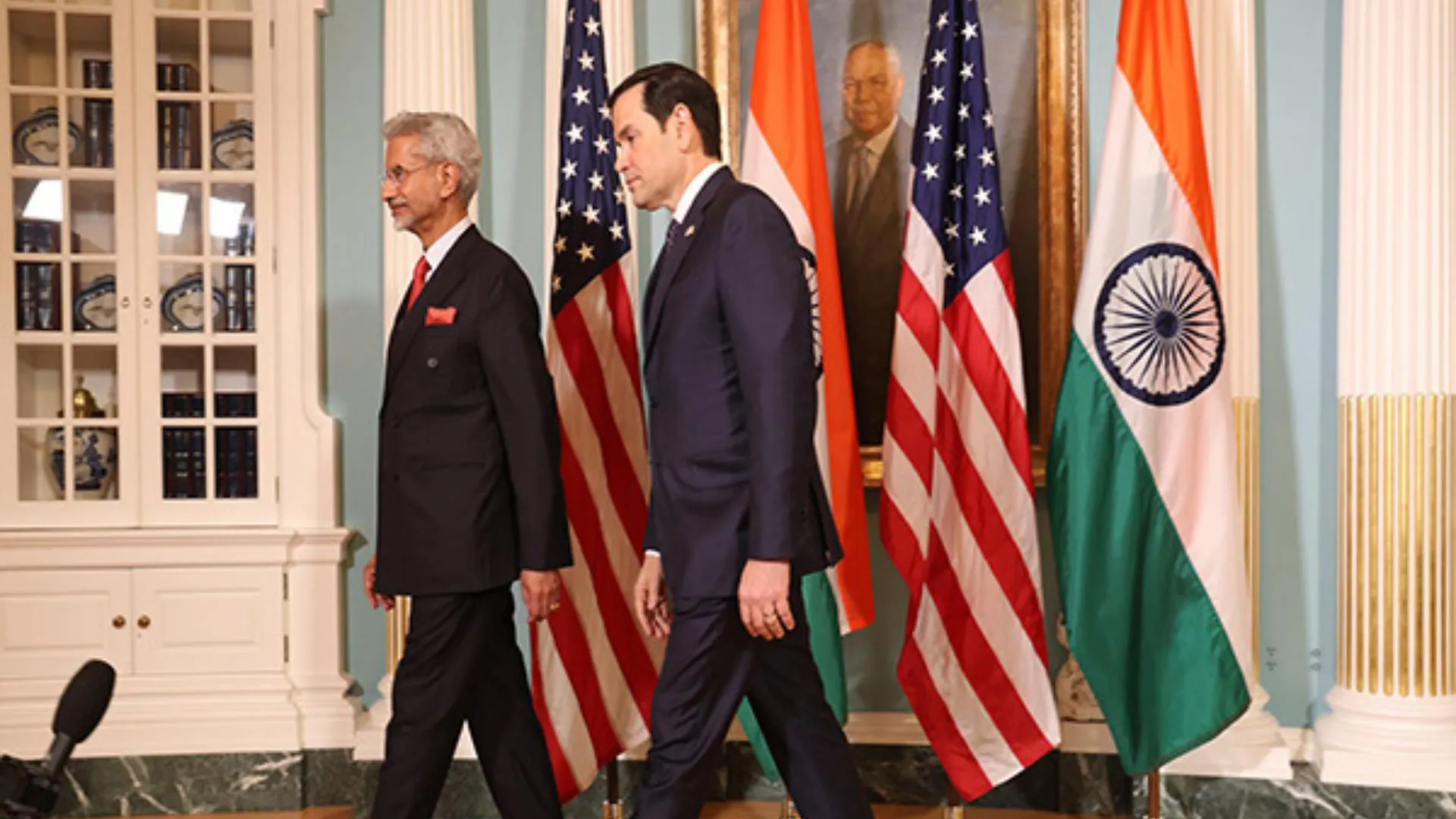Nilesh M. Desai, Director, Space Applications Centre (SAC), stated on Sunday that the Chandrayaan-3 rover module Pragyan, moving on the surface of the moon, is in a “race against time” and that the ISRO scientists are working to cover a maximum distance of the uncharted South pole through the six-wheeled rover. There are only 10 days left until the completion of one lunar day.
The scientist claimed that only after a gentle landing on the moon’s surface does the “real work” begin.
On August 23, India made a huge step forward when the Chandrayaan-3 lander module successfully touched down on the moon’s South Pole, making it the first nation to accomplish the legendary accomplishment.
The country became the fourth– after the US, China, and Russia – to have successfully landed on the moon’s surface.
“On August 23, we achieved a soft landing on the lunar surface and Prime Minister Narendra Modi also interacted with scientists of ISRO to congratulate them. But, the real work started after rover Pragyan rolled out of the lander Vikram,” Desai said.
The Director of the Space Applications Centre, one of the major centres of the Indian Space Research Organisation (ISRO), said that the moon mission’s three main objectives were: soft landing on the lunar surface, movement of the Pragyan rover and obtaining science data via payloads, attached to the six-wheeled rover and lander Vikram.
“Our two main objectives have been accomplished successfully, but our third objective is underway,” the scientist said.
Observing that the Pragyan rover is in a race against time, he said,”Our focus is to make the rover cover as much distance of the moon’s South pole as possible so that it conducts more experiments and we obtain data here on earth.”
“We have only 14 days in total for this mission, which is equal to one day on the moon, so four days have been completed. The more experiments and research we can do in the remaining ten days will be important. We are in a race against time because in these 10 days, we have to do maximum work and all the ISRO scientists are working on it,” Desai said.
Stressing the difficulties being faced by scientists, he said, the rover has covered only 12 metres on the lunar surface against a prescribed distance of 30 metres per day.
We are also facing problems regarding the movement of the rover as some of the services are not available here, resulting in issues in visibility,” he said, adding that the Pragyan has covered 12 metres on the lunar surface against a prescribed distance of 30 metres per day.
“That’s why in the remaining days, efforts will be on to cover 300-400 meters distance through the rover,” he added.
Desai said that the four payloads on the lander Vikram are performing their work and their initial operations have been completed.
“The initial operations of the four payloads, including the Radio Anatomy of Moon Bound Hypersensitive Ionosphere and Atmosphere (RAMBHA) payload, which will probe plasma and ion emission there, have been completed,” he said.
Earlier on Sunday, ISRO said the Chandrayaan-3 mission’s lander module has successfully begun doing its set of experiments and subsequently relaying them back to the country’s space agency’s headquarters.
In its latest update, ISRO on Sunday put out the first observations recorded by the ‘ChaSTE’ payload onboard Vikram Lander.
Chandra’s Surface Thermophysical Experiment (ChaSTE) payload was attached to measure the thermal conductivity and temperature on the moon. The payload was developed by a team led by the Space Physics Laboratory (SPL), VSSC in collaboration with Physical Research Laboratory, Ahmedabad.
Taking note of this, the Director of the Space Applications Centre said, “Another important ChaSTE payload, which ISRO also detailed, suggested that a temperature of 50-55 degrees centigrade has been felt on the lunar surface.”
ISRO, on Sunday, shared a graph on X, formerly Twitter, which showed the change in temperature on the moon’s surface and underneath.
At a depth of 8 cm, the payload recorded temperature as low as (-) 10 degrees centigrade. With the gradual rise towards the surface, the temperature too could be seen rising.
Above the surface, the graph showed a relative stagnancy in temperature between 50-60 degrees centigrade.
“This is the first such profile for the lunar south pole. Detailed observations are underway,” ISRO said.
Meanwhile, Desai also told ANI that if the payloads could survive the long night, when the temperature reaches (-) 120 degrees centigrade to (-) 150 degrees centigrade, then it will be a bonus point.

















